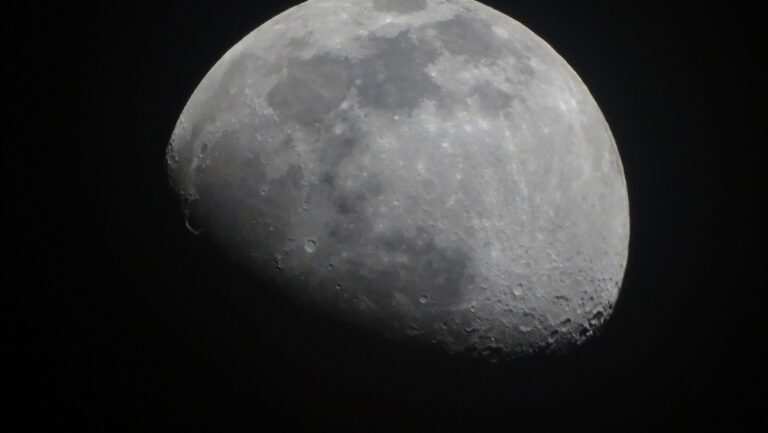
Three years after NASA and the U.S. Department of Energy announced it would seek proposals to build nuclear power plants on the moon, China announced that it is also seeking to build a lunar base from moon soil within the next five years.
According to CNBC, Steve Johnson, director of the Space Nuclear and Isotope Technologies Division at Idaho National Laboratory hoped to have the U.S. project well underway by 2028.
“We really are striving to bring the commercial nuclear industry innovation to the table to work with NASA and the aerospace industry utilizing existing technologies,” Johnson said.
Now, reports are surfacing that China is involved in studying the potential development of robots called Super Masons capable of building lunar bricks for the county’s future moon base.
According to Financial Post, China expects to begin the project within the next five years. Ding Lieyun, from the Chinese Academy of Engineering, explained expansion to the moon was considered a vital step to the success of future space exploration.
“Eventually, building habitation beyond Earth is essential not only for all humanity’s quest for space exploration but also for China’s strategic needs as a space power, ” Ding said in an interview with China Science Daily. Ding believes the first bricks for the station will be produced by 2028.
READ MORE: Pic: NASA releases identities of 4 astronauts set to circle the moon
China has previously announced that it expects to power the manned lunar base with nuclear energy.
The similar goals and timeliness may have the U.S. and China vying with one another for resources naturally found on the moon.
The moon is believed to contain sources of waste-free nuclear energy, naturally rich in uranium, thorium, deuterium, and lithium. One particular resource, named Lunar3HE, is extremely rare on Earth. Due to this rarity, extraction of the resource from lunar soil has been the root of study for several years.
If either country is successful, nuclear power stations on the moon could provide the power needed to support space missions to other planets, such as the proposed colonization of Mars.
Following the successful landing of the NASA’s Perseverance rover on Mars, colonization of the planet became a more viable possibility. Experts offered opinions that future robotic exploration of Mars with the goal of mining water and fuel sources could enable the first human exploration of the planet by as early as 2050.
Concerns still exist, however, as astrophysicists contend with the realities of space explorations, from construction to facilitating a rapid response if needed in the event of repairs or malfunctions.
0 comments :
Post a Comment